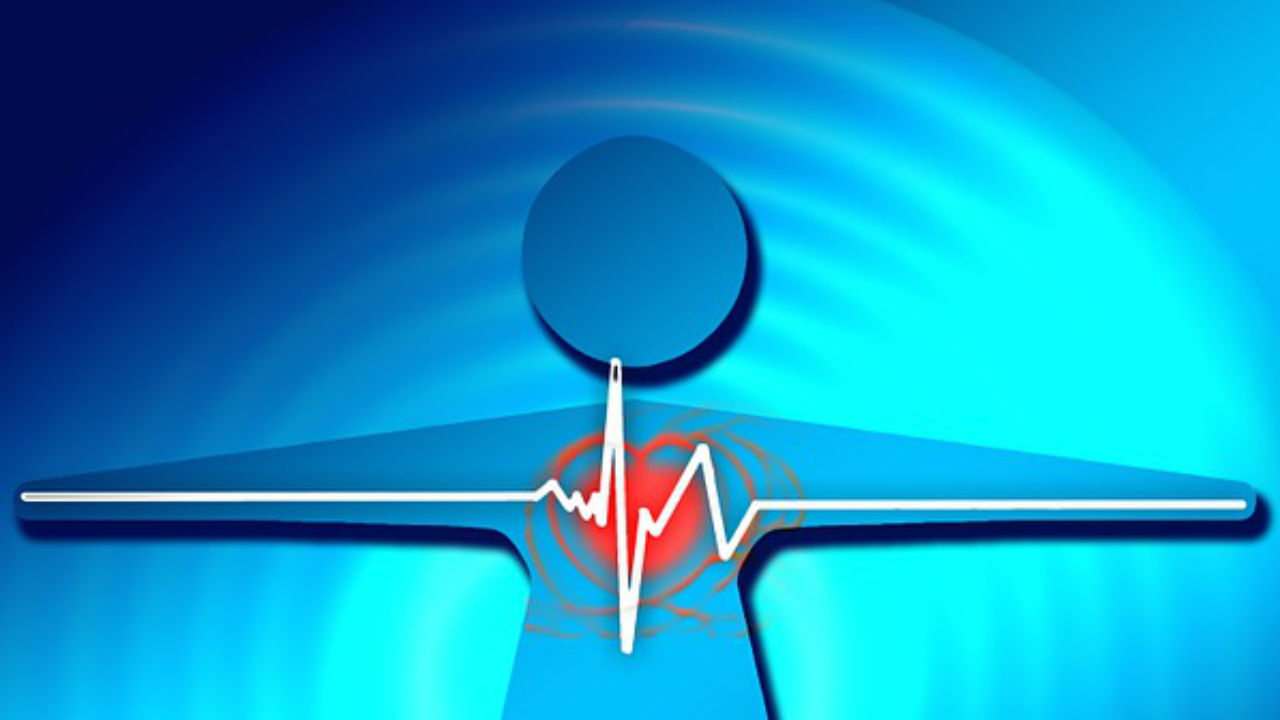Dr. Shukla describes heart arrhythmia.
Dr. Shukla:
Arrhythmias as a whole can be anything from slow heart rhythm disorders referred to as bradyarrhythmias or bradycardia to fast rhythm disorders or tachycardias, okay? Those are kind of two very broad categories.
When you look at tachycardias, any type of tachycardia or a fast heart rhythm problem, they are then broken down into upper chamber rhythm disturbances referred to as supraventricular tachycardias or SVT, okay, and what that means is anything above or arising from the upper chambers of the heart or supraventricular, anything on top of the ventricles which are the lower chambers of the heart, okay?
So you have supraventricular tachycardias, or SVT, and you also have ventricular tachycardias, or VT. Ventricular tachycardias are actually fair, they could range from benign to actually life-threatening issues.
Supraventricular tachycardias are then further subdivided into a multitude of things. They can be generally categorized as AV nodal re-entry tachycardias, AV re-entry tachycardias or atrial ventricular, atrial fibrillation, or atrial flutter, okay?
So there’s kind of four distinct categories. Some of these have characteristic EKG patterns that you can tell what type of disorder this is without doing anything further. Other times we need to look further by passing catheters into the heart and further diagnose these arrhythmias, and that’s referred to as an EPS or an Electrophysiologic study, okay?
Atrial flutter is basically an organized type of circuit that is arising from the upper chambers of the heart. Typically these are then, the most common form of this is going around in a three-dimensional fashion around the tricuspid valve which is the valve that separates the right upper chamber from the right lower chamber, okay?
And it actually is very, very responsive to ablation technology. The cure rates for that are in excess of, I would estimate between 95 and 98%. The risks of bad things happening during that minor procedure are exceedingly low and usually it's actually a same-day procedure in the hospital, and it takes anywhere between an hour to two hours to finish. So it’s fairly straightforward.
There can be complicated atrial flutters as well that can be associated with previous surgeries or other conduction problems in the heart, and those can be a little more complicated to burn and get rid of through ablation technology.
About Dr. Himanshu H. Shukla, M.D.:
Dr. Himanshu H. Shukla, M.D., specializes in treating heart rhythm disorders and is founder of the Cardiac Arrhythmia Institute (CAI) dedicated to providing heart care customized to the individual. Dr. Shukla is a member of the Heart Rhythm Society, has completed training at Columbia University in New York City, the University of Missouri and the University of Oklahoma. He is recognized for numerous published articles on the treatment of heart rhythm disorders, and by the American Heart Association for Outstanding Research. Dr. Shukla’s community works include raising awareness of heart rhythm disorders, safety and prevention measures through speeches, training and counsel; and contributing external defibrillators to local public schools and other entities.
Visit Dr. Shukla on the web at the Cardiac Arrhythmia Institute (CAI) http://www.caiaz.com
















